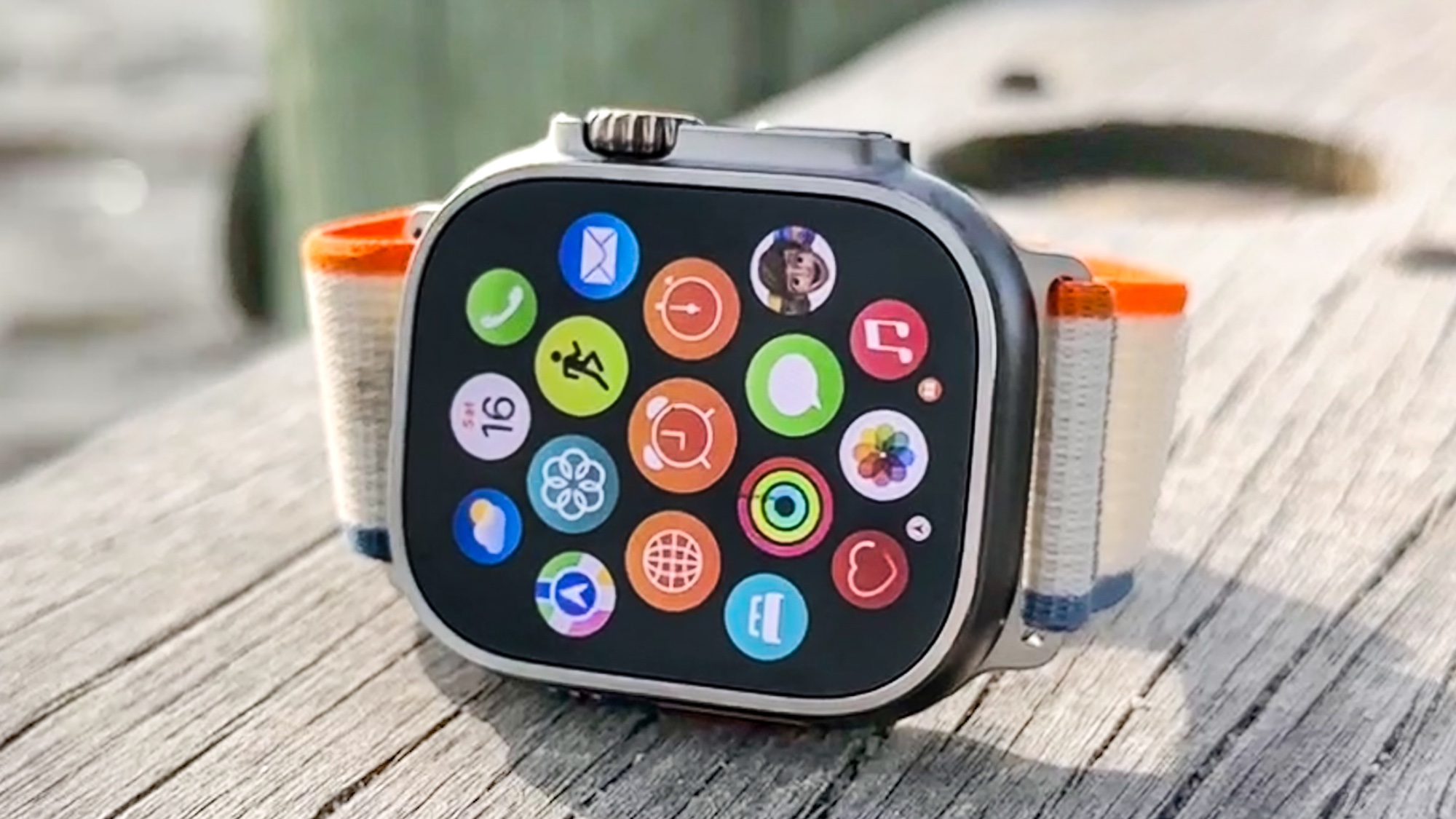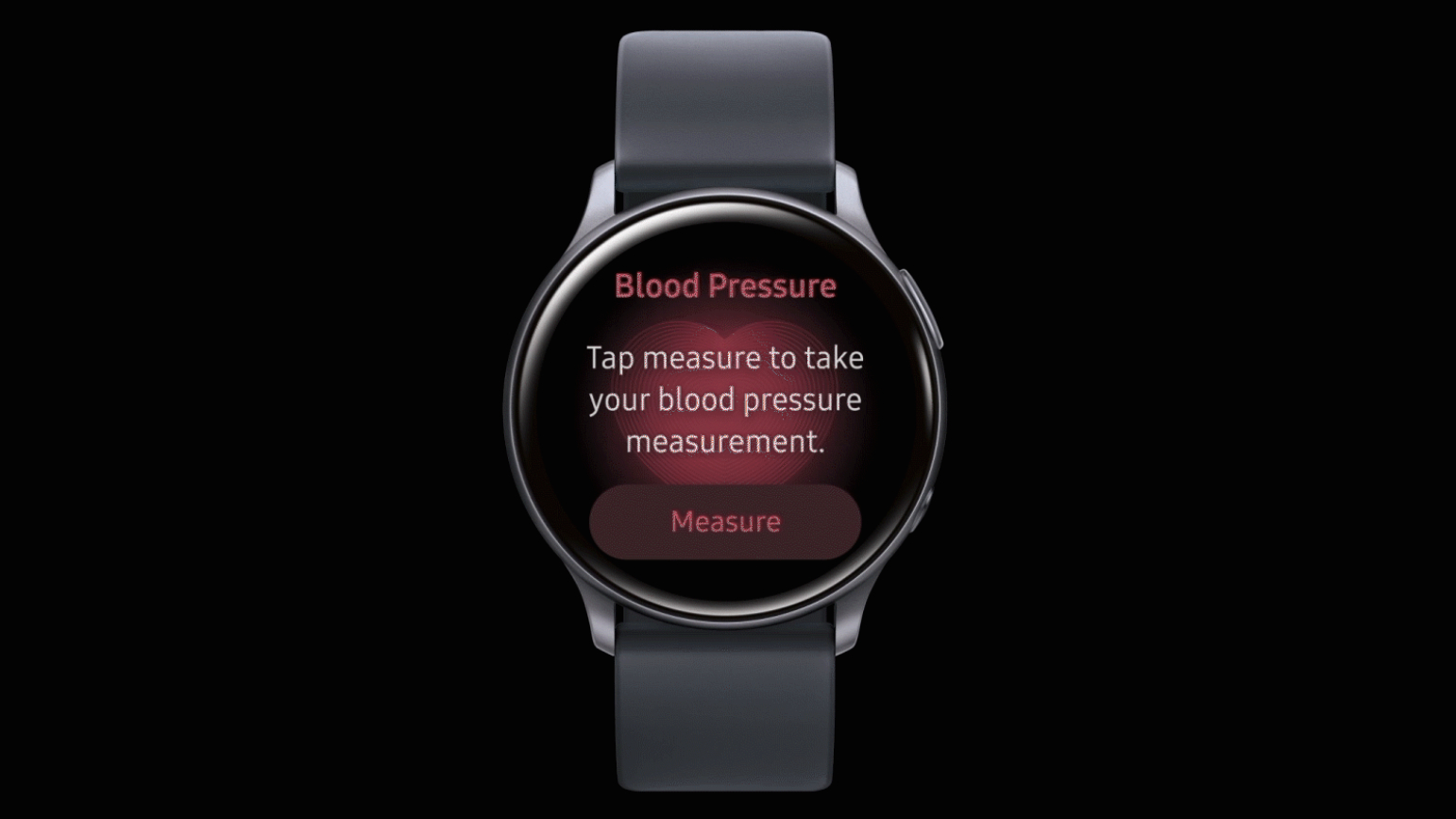Apple Watch Ultra 3 rumored to get even more life-saving features — what you need to know
Blood pressure monitoring, 5G, and satellite connectivity could come to the Apple Watch Ultra first in 2025.

The Apple Watch Ultra 2 was the definition of a modest upgrade over its predecessor, but it looks like the next generation will be quite the improvement, if the latest insight from Bloomberg’s Mark Gurman is to be believed.
The Apple Watch Ultra 3, likely to launch next year alongside the iPhone 17 family, will have at least three significant changes according to Gurman’s sources.
Two of these are related to connectivity, and adoption of technology already found in the best iPhones. The Ultra 3 will apparently be the first wearable to feature satellite connectivity, allowing the dispatch of emergency messages for those off the grid and without mobile signal via the Globalstar satellite network.
It’s potentially a life-saver, given the Apple Watch Ultra’s long battery life, and direct appeal to long-distance hikers, fans of extreme sports and other adventurers. Yes, this feature already exists in recent numbered iPhones, but this means owners can access the feature even when their handsets have been left behind or run out of battery.
There’s also a boost in the regular connectivity, with the adoption of 5G over the 4G LTE tech in current models. However, this doesn’t appear to be for any advanced functionality, and looks to be a consequence of the ongoing move away from Intel, which provided the old modems. The new supplier will apparently be MediaTek, and the modem will be a 5G Redcap number, “aimed at internet-connected devices and wearables that typically don’t require fast data connections.”
The final upgrade could be another big health-based feature. Gurman states that the Watch Ultra 3 will be Apple’s first wearable to contain blood pressure monitoring, providing an early warning of hypertension which is responsible for nearly 13% of all deaths worldwide, according to the WHO.
A better way to track blood pressure?
It won’t be the first wearable to offer blood pressure tracking, but it will be done in a way that — to me — sounds a bit more useful.
Rather than putting an exact figure on diastolic or systolic levels like an on-the-arm cuff, this will work more like the sleep apnea detector, merely informing the wearer that their pressure may be high.
Sign up to get the BEST of Tom's Guide direct to your inbox.
Get instant access to breaking news, the hottest reviews, great deals and helpful tips.
That may sound a bit of a cop-out, but to me — in theory — it’s better than Samsung’s implementation on flagship wearables since the Galaxy Watch 3.

I’ve reviewed a couple of Galaxy Watches since the feature came in, and while it seemingly gives accurate diastolic and systolic numbers compared to a medically recognised arm cuff, you need to calibrate it via said hardware three times before it’ll even have a guess as your rates. In other words, it’s hard to know how much it’s cribbing its numbers off professional hardware, rather than figuring it out itself.
Worse, you then need to repeat the calibration process every month to maintain accuracy. Frankly, if you actually need to track your blood pressure for ongoing health assessments, you’d probably prefer the peace of mind offered by dedicated medical products — especially if you can’t throw out your arm cuff.
It sounds like Apple’s approach might be a bit different: sounding the alarm when things look dicey so you can proactively go check yourself, rather than offering a medical opinion on the wrist. That means it might help people who are unaware they have high blood pressure, rather than those proactively looking to monitor their own on doctors’ orders.
Of course, a lot depends on the implementation, and if it still needs regular calibration through an arm cuff, then it’s unlikely to save as many lives as the passive introduction of atrial fibrillation detection has.
We should find out more next year when the Apple Watch Ultra 3 is expected to land. If it follows past form, we should expect it to debut at the company’s annual September launch.
More from Tom's Guide
Freelance contributor Alan has been writing about tech for over a decade, covering phones, drones and everything in between. Previously Deputy Editor of tech site Alphr, his words are found all over the web and in the occasional magazine too. When not weighing up the pros and cons of the latest smartwatch, you'll probably find him tackling his ever-growing games backlog. Or, more likely, playing Spelunky for the millionth time.

